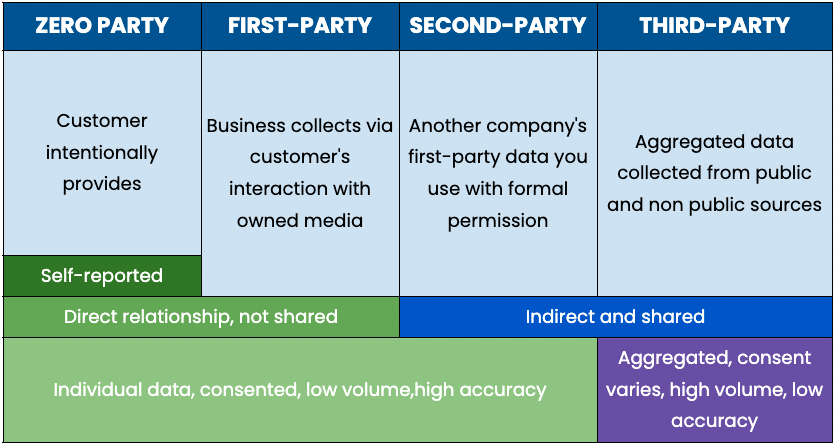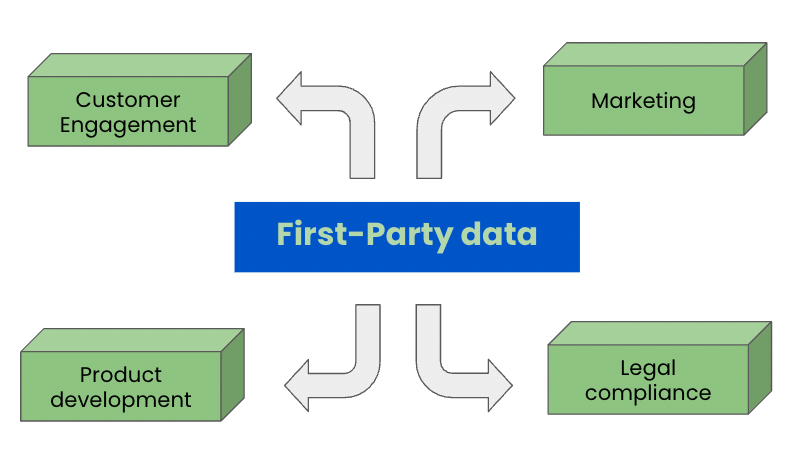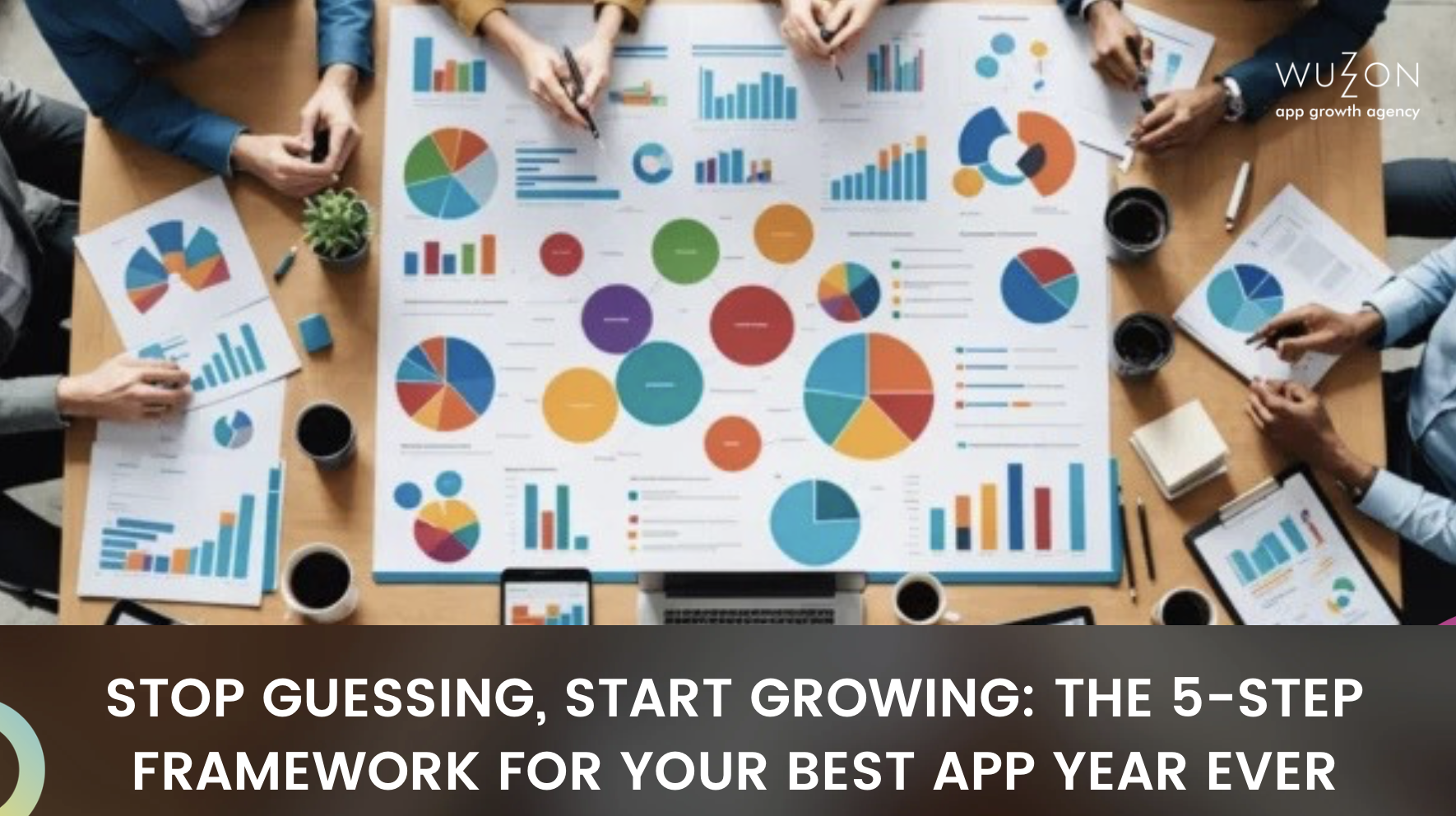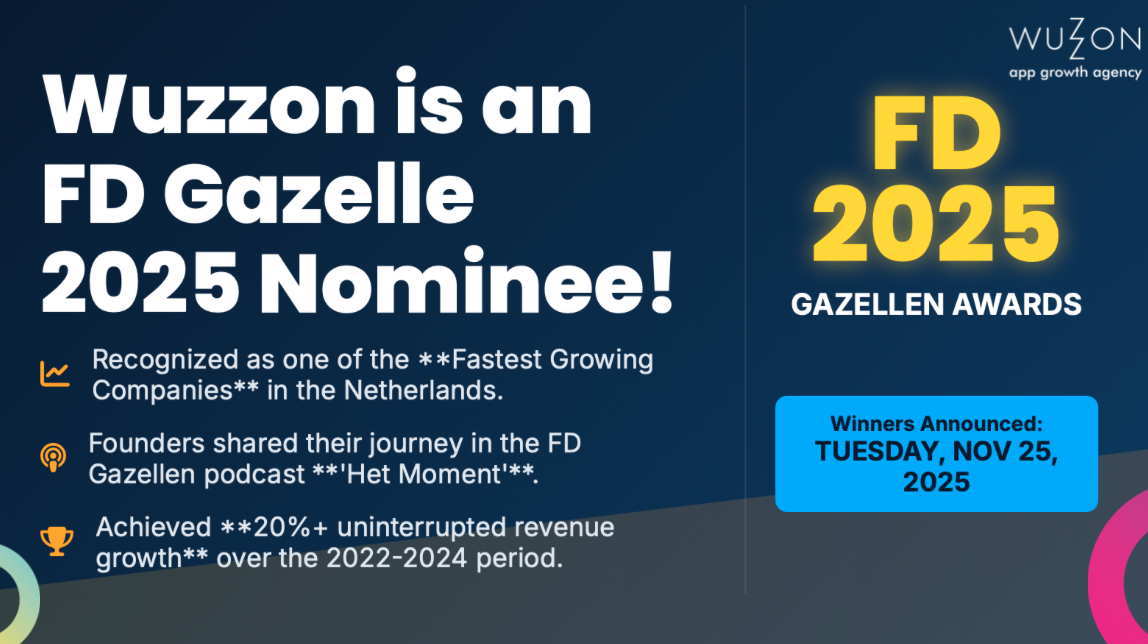The Untapped Goldmine: Why First-Party Data is Crucial for Successful App Marketing
Data remains a crucial asset in the dynamic world of mobile app marketing. But not all data is created equal. First-party data is the information you collect directly from your users. It has become an invaluable asset for app marketers. It’s the key to unlocking deeper user understanding, personalised experiences, and ultimately higher ROAS.
What is First-Party Data

First-party data is information that you collect directly from your audience through your own channels. For app marketers, this might include data gathered within your app itself, such as:
- User Profiles: Demographics, interests, preferences, and contact information.
- In-App Behavior: Features used, content viewed, purchases made, level progression, and time spent in-app.
- Survey Responses: Feedback on features, preferences, and needs.
- Customer Support Interactions: Information shared during support requests.
- App Usage Data: Frequency of use, session duration, and device information.
- Demographic data: age, gender, location.
- Purchase behaviours and history: products purchased and cost of purchases
- Online behavioural data collected through visiting a company’s website/insta handle, facebook page: pages visited, time spent onsite, like/comment, event triggers such as filling in a form or adding an item to the shopping cart.
Why is First-Party Data so Important for App Marketing?

Collecting first-party data is absolutely crucial for app growth for a multitude of reasons, all boiling down to better understanding and engaging your users. Here’s a breakdown of why it’s so important:
1. Deeper User Understanding:
- Know Your Audience: First-party data gives you direct insights into who your users are: demographics, interests, preferences, and behaviors. This understanding is far more valuable than inferred data or assumptions.
- Understand User Needs: You can learn what problems your app solves for users, what features they value most, and where they struggle. This allows you to tailor your app and marketing to meet their specific needs.
- Track User Journeys: See how users interact with your app, from initial download to ongoing engagement. Identify friction points, understand what leads to conversions, and optimize the user experience.
2. Enhanced Personalization:
- Tailored Experiences: Use first-party data to personalize onboarding, in-app content, recommendations, and offers. Personalization increases engagement and makes users feel valued.
- Relevant Communication: Send targeted push notifications, in-app messages, and email campaigns based on user behavior and preferences. This ensures your communication is relevant and avoids annoying users with generic blasts.
- Dynamic Content: Serve different content or features to different user segments based on their interests or past behavior.
3. Improved Marketing Effectiveness:
- Targeted Campaigns: Reach the right users with the right message at the right time. First-party data enables highly targeted marketing campaigns, maximizing your ROI and minimizing wasted ad spend.
- Retargeting Opportunities: Re-engage users who have shown interest in your app but haven’t converted. Personalized retargeting campaigns are highly effective.
- Attribution Modeling: Better understand which marketing efforts are driving app installs and in-app actions, allowing you to optimize your marketing mix.
4. Building Brand Loyalty:
- Building Trust: Being transparent about data collection and giving users control over their data builds trust. This forms a positive relationship with your users.
- Increased Loyalty: Personalized experiences and relevant communication make users feel valued and understood, leading to increased loyalty and reduced churn.
5. Product Development:
- Data-Driven Decisions: Use insights from first-party data to inform your product roadmap. Prioritize features that users want and address pain points they experience.
- Iterative Improvement: Continuously analyze user behavior and feedback to identify areas for improvement within your app.
First-party data – a must in a cookieless world
As data privacy becomes more important, we know we can expect targeting and policies to change across many of the channels we use for advertising. The way we are used to advertising to users across these channels will not be the same, but adapting to change has always been a part of paid media. The sooner we embrace a world without cookies or device identifiers and adjust our strategies to comply, the better off your accounts will be when policy changes are enforced.
Effective strategies for First-Party data collection:
Given the wariness prevalent in today’s tech-savvy customers, obtaining first party data isn’t easy. Offering tangible value helps, as studies indicate that 80% of consumers willingly provide first-party data when they perceive a fair exchange. Transparency is of paramount importance when it comes to capturing and utilizing first-party data. Consumers’ trust must be earned. This involves clearly acknowledging the data you collect and outlining its intended use. Here are 8 effective strategies to acquire it-
- Implement App Tracking Tools and Analytics:
Use website/app tracking tools to systematically collect first-party data on user behavior, preferences, and engagement on your website/app. Through these tools, you can assess metrics, like tracking the pages users frequent, the duration of their visits, and their preferred content. You can also utilize advanced features like event tracking to monitor specific interactions, such as form submissions or product purchases.
- Conduct Online Surveys and Gather User Feedback:
It’s important to recognize the power customers hold in the 21st century. Their feedback matters. Negative reviews, in particular, can impact app marketing, as a vast majority of consumers, approximately 67%, have been known to change their mind about a purchase/interaction after encountering negative reviews about an app.
- Reward Users for Sharing Data:
Consider offering discounts, exclusive access, or loyalty points in exchange for their data. For instance, a retail business could provide a special discount on a user’s next purchase, or a subscription-based service could offer early access to new features.
- Utilize Subscription and Sign-Up Forms:
Encourage app/web visitors to subscribe or create accounts by highlighting the benefits they will receive, such as personalized content and exclusive offers
- Create Loyalty Programs:
Design programs that incentivize users to enroll and actively participate, offering tangible rewards such as discounts, exclusive perks, or loyalty points for every transaction or interaction.
- Engage with Users on Social Media:
Respond to user comments, encourage discussions on relevant topics, and utilize features like polls or surveys to directly involve your audience.
- Create Interactive Content:
Crafting interactive content that goes beyond the traditional reflects an engaging By providing users with dynamic and participatory experiences, you encourage them to share insights and preferences organically as they interact with the content.
- Host Webinars or Virtual Events:
You can bring your audience together through webinars or virtual events, providing a platform for direct interaction.
Case Study: – Driving Engagement and Conversions with First-Party Data
A famous beer brand was struggling to target the young male audience through TV ads. So it used first-party data that is collected from users’ mobile phones to identify the age of the audience (18 or over) and their location. The brand targeted this audience with a discount coupon through in-app prompts. They send messages about beer campaigns when
- The temperature was above 18 Celsius
- The potential audience was within the vicinity of a participating bar or supermarket.
Results of this campaign was
- 15% used the offer in a supermarket within five days of receiving the message
- 10% of all recipients redeemed the offer in a pub
- 20% higher clickthrough rate compared to industry benchmarks
By prioritising first-party data collection, app marketers can build stronger user relationships, optimise campaigns and achieve sustainable growth in the ever-evolving mobile ecosystem. As the era of third-party cookies comes to an end, the true value lies in building trust with your customers. For further insights or inquiries, feel free to explore more about Wuzzon or reach out to us directly.



